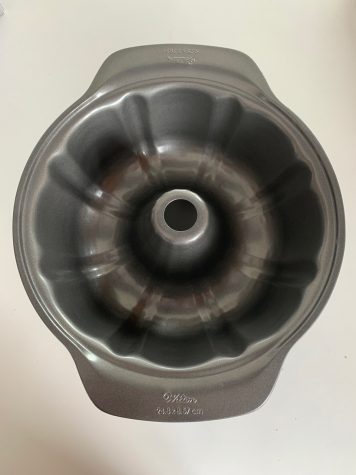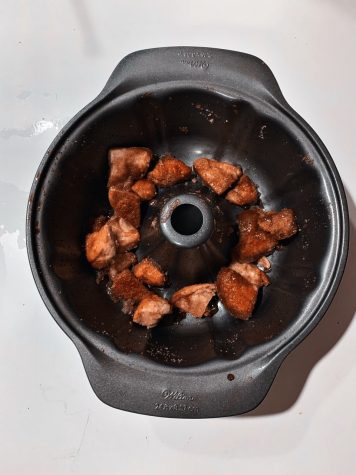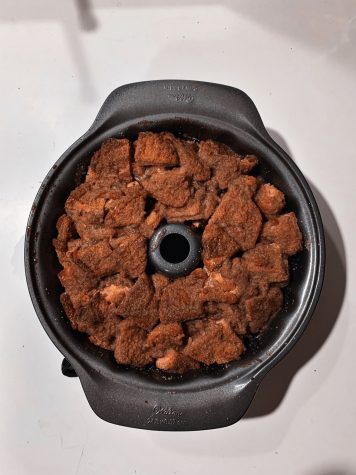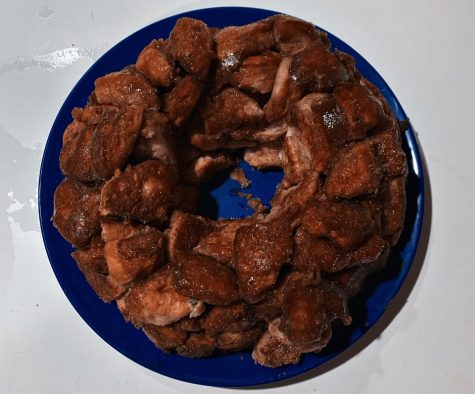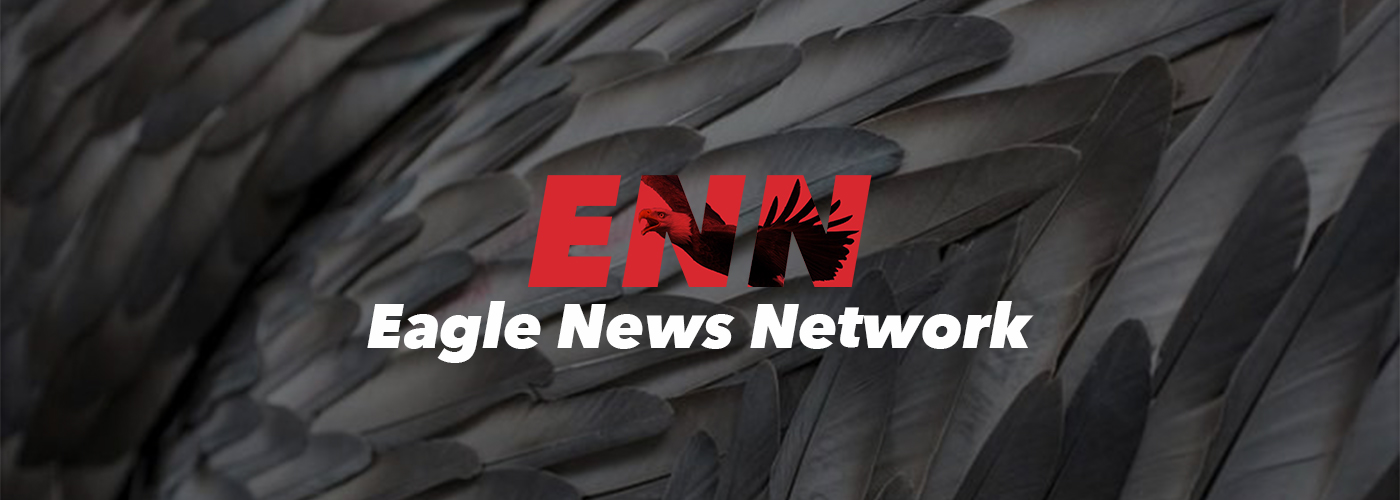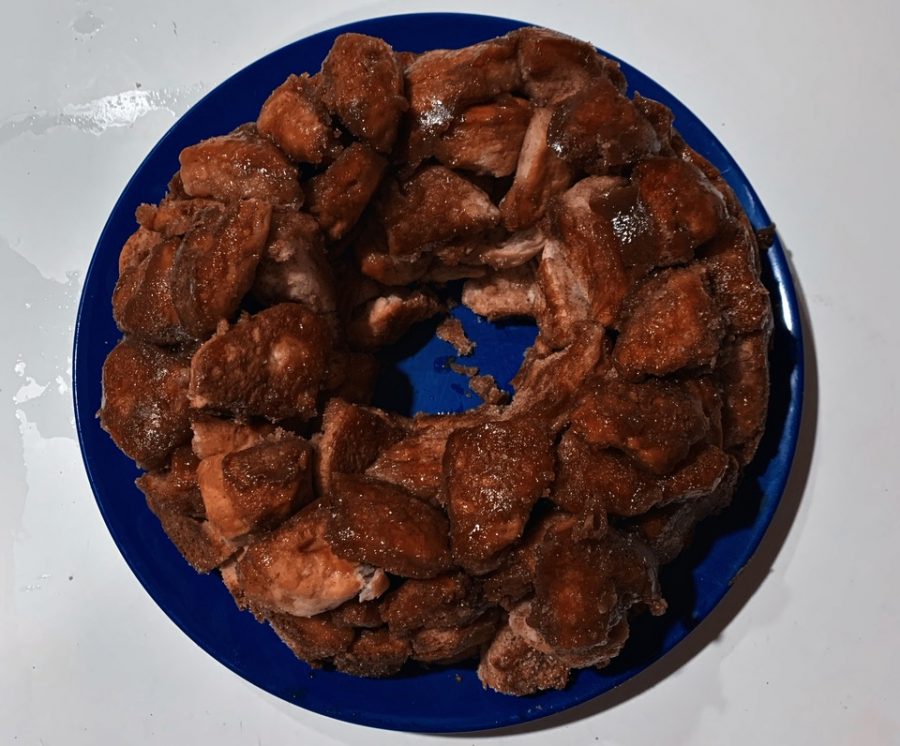Festive Foods–The Chinese New Year
April 14, 2020
The Western Christmas and New Year’s festivities are now far behind us, and many weeks of cold, dark winter weather stretch ahead. It seems like once the hustle of the holiday season is over, there’s little to anticipate except for spring break and the rare day with a temperature above 10º. However, not everyone is willing to give in to the winter blues. When it comes to looking forward to spring and new life, there’s a grand celebration to be found in the Chinese observance of the lunar calendar New Year.
The Chinese New Year is typically observed over the course of 15 days, making it
the longest holiday of the Chinese year. This year it was celebrated from January 25th until February 8th. The start and end dates shift among late January to early February each year due to their reliance on the completion of the lunar cycle.
Celebrants – including many students here at EPHS – took part in a variety of traditions and activities during the New Year, such as spending time with loved ones, eating delicious food and celebrating a fresh start with the coming of the new year.
One such student was senior Claire Mitchell. For her, the New Year is “a time to gather with family to celebrate a good year”.
Claire has a unique perspective on the holiday due to her adoption from China at a young age. “Celebrating with adoptive non-Chinese parents does change the experience,” she said. “It’s a lot less traditional. Also the food is a lot less spicy!”
Some of her relatives also come to enjoy the food and quality time with family. “My grandma, uncle, and godmother attend,” she said. “We usually spend some time talking then the rest of the time eating. After we’re all stuffed we go back to the living room and talk about fun memories.”
Additionally, the act of giving money as a gift is common. “The children in the family who have not yet attended college receive red envelopes full of money that get put toward college,” said Claire. The red envelopes are called hongbao in Mandarin or lai see in Cantonese, and they symbolize good luck.
A day long celebration requires hard work and preparation, so good food is really important to keep everyone energized. Claire’s family’s staple food for the Chinese New Year is monkey bread.
“It’s not actually traditional,” she said. “But it’s so tasty and we only ever make it for Chinese New Year. It’s like a bundt cake shape and it is made with soft pieces of dough sprinkled with caramel and cinnamon”.
This delectable dessert will keep you feeling warm and cozy inside until the cold, dark winter days are over. Enjoy with family and friends to complete the experience!
Mikaylie Sosnowski writes a regular column for the Eyrie magazine. If you have any recipes you’d like to see featured, you can contact her at [email protected].
Ingredients:
½ cup sugar
1 teaspoon ground cinnamon
2 (16.3 oz.) cans refrigerated biscuits
½ cup caramel (may not need all of it)
1 cup packed light brown sugar
1 teaspoon vanilla extract
¾ cup unsalted butter, melted
Recipe:
-Preheat over time 350° and grease your bundt pan with cooking spray.
-In a large bowl stir together the sugar and cinnamon.
-Separate your already made biscuits then cut them into 4 pieces.
-Add the biscuit pieces to the cinnamon sugar mixture, make sure to toss together so all the biscuits are coated.
-In a separate bowl whisk together the brown sugar, vanilla extract and melted butter.
-Add half of the butter mixture to the bottom of the Bundt pan then add the biscuit pieces to the top.
-Pour the remaining half of the butter mixture on top of the biscuits.
-Bake for 28-32 minutes or until it is cooked through.
-Allow to cool for 10 minutes.
-Once done cooling, remove from pan and drizzle caramel over bread.
